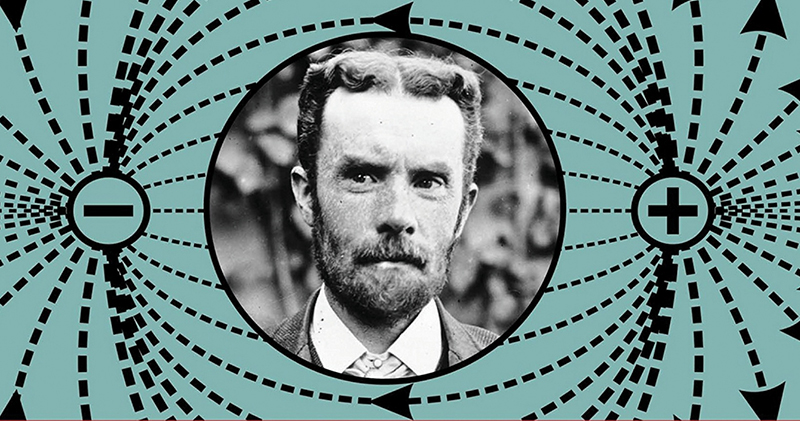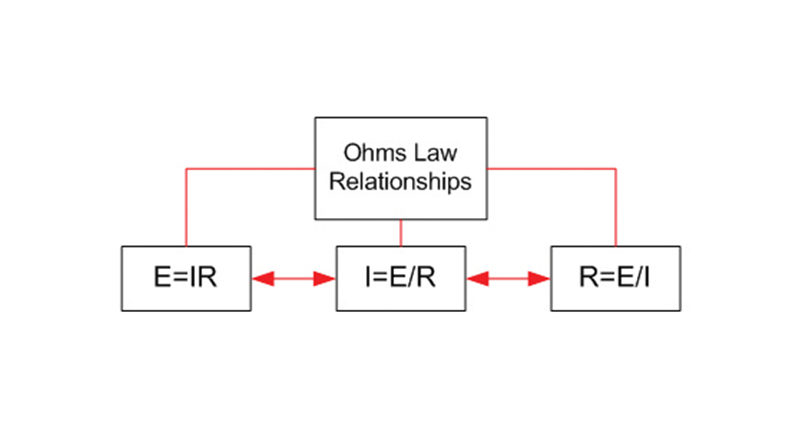Coaxial Cable Testing
By H. Mark Bowers – using this standing wave method to estimate DTF can be quite accurate if measured at lower frequencies, especially in the return path. Using this method some years back during a return path proof-of-performance led me to within 6 ft of a defective splice. The local plant technician was duly impressed.
Read More



